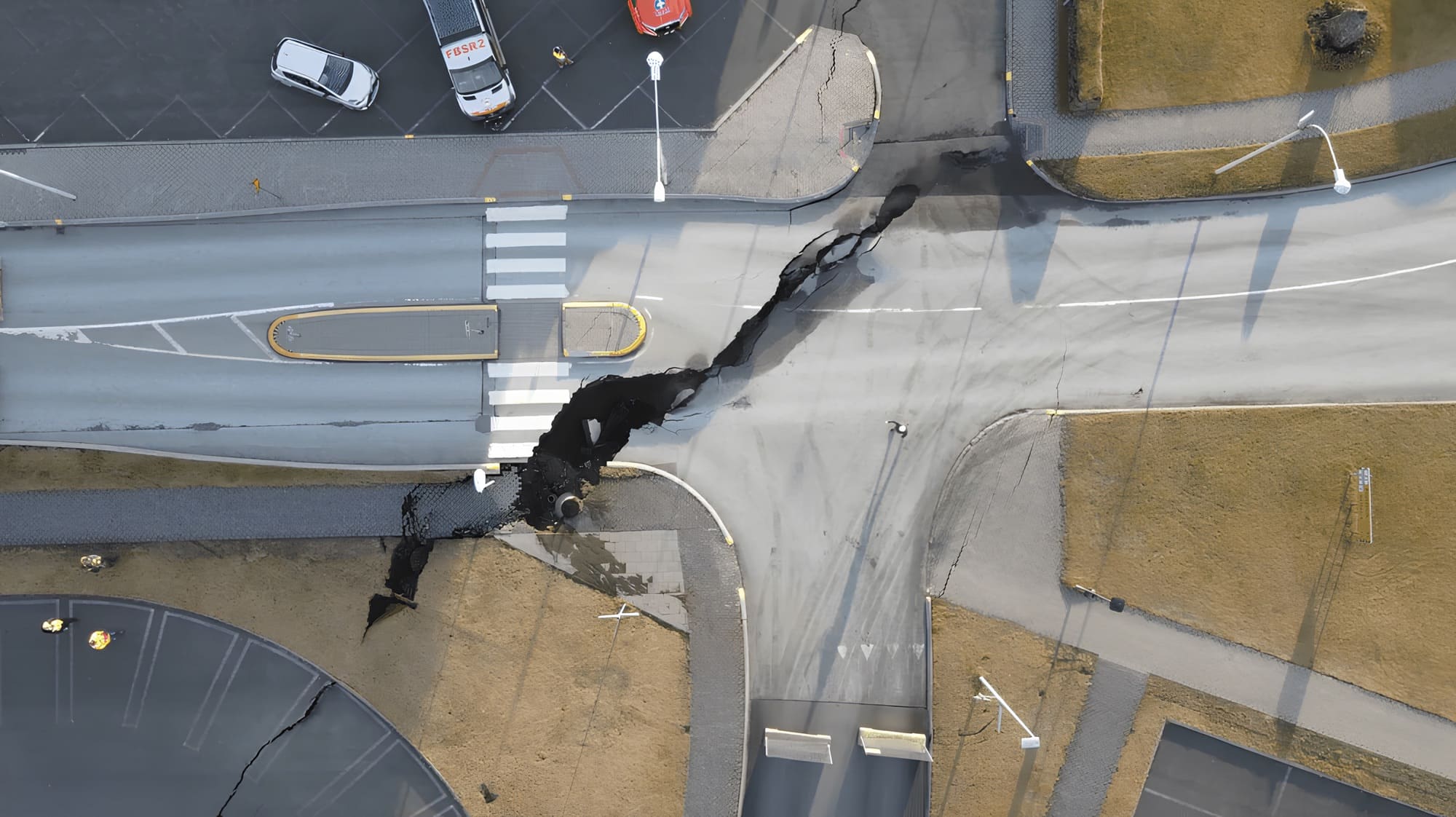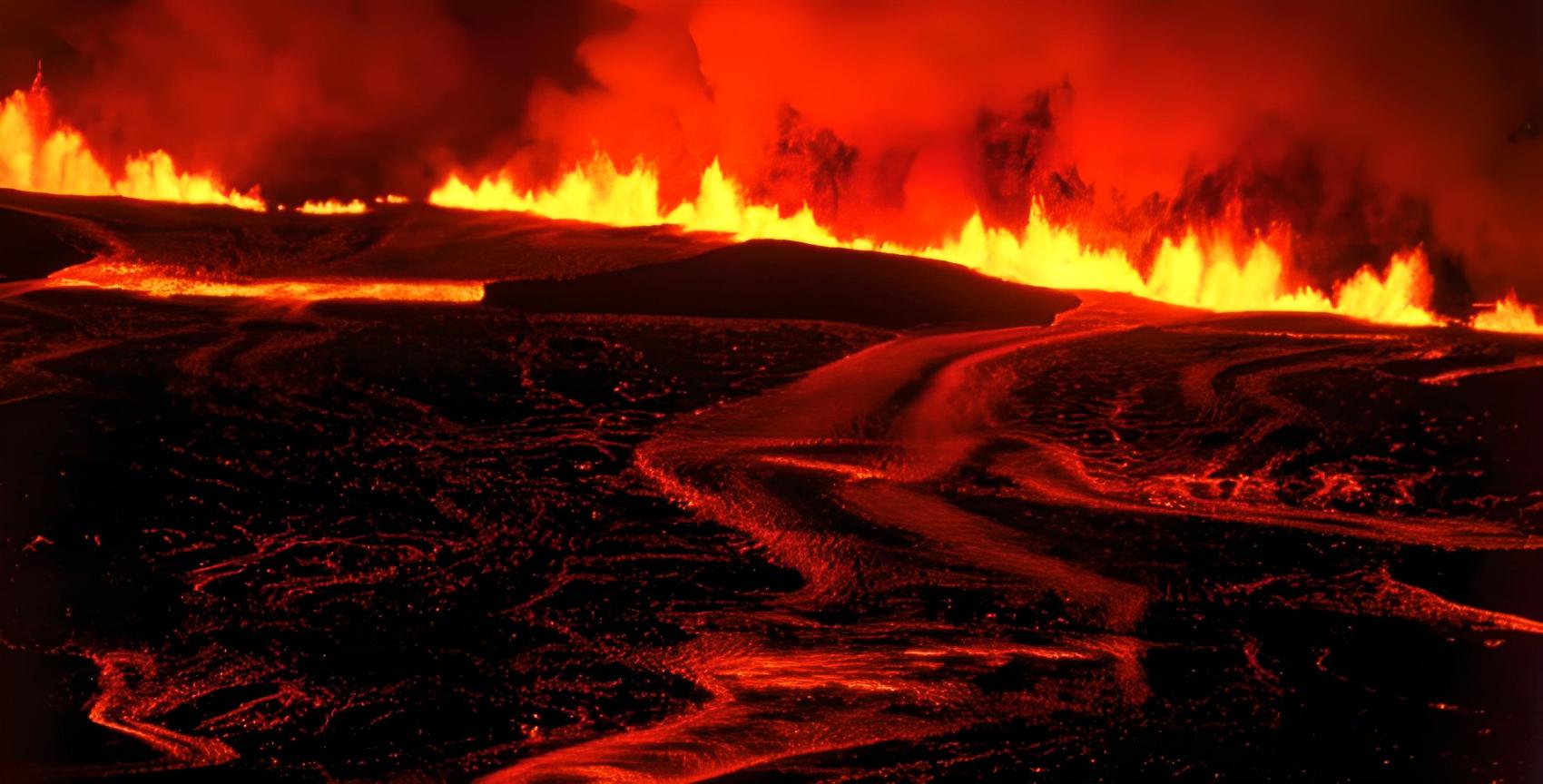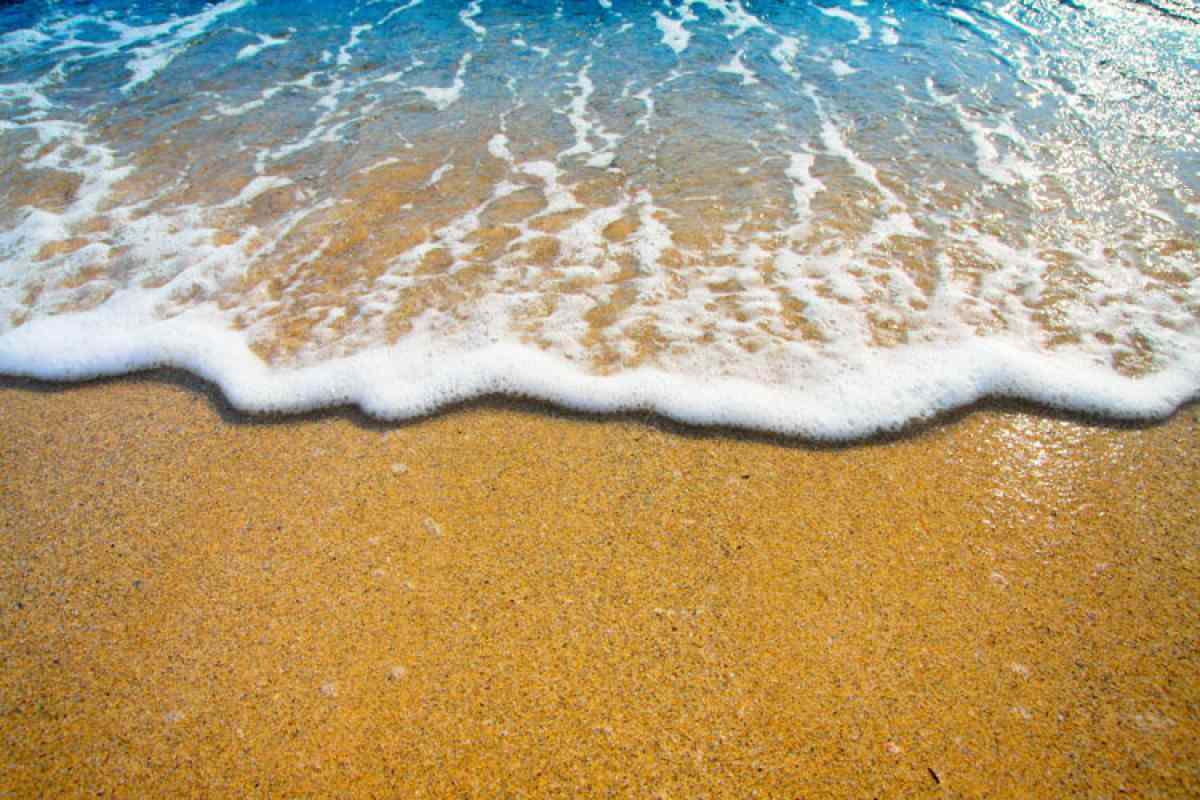What’s the Story Behind the Volcanic Activity in Northern and Southern Europe?
Currently, there is intense activity beneath certain European volcanic regions. While Mount Etna in Sicily appears to be calming down, there is a potential for an eruption in the southwest of Iceland.






